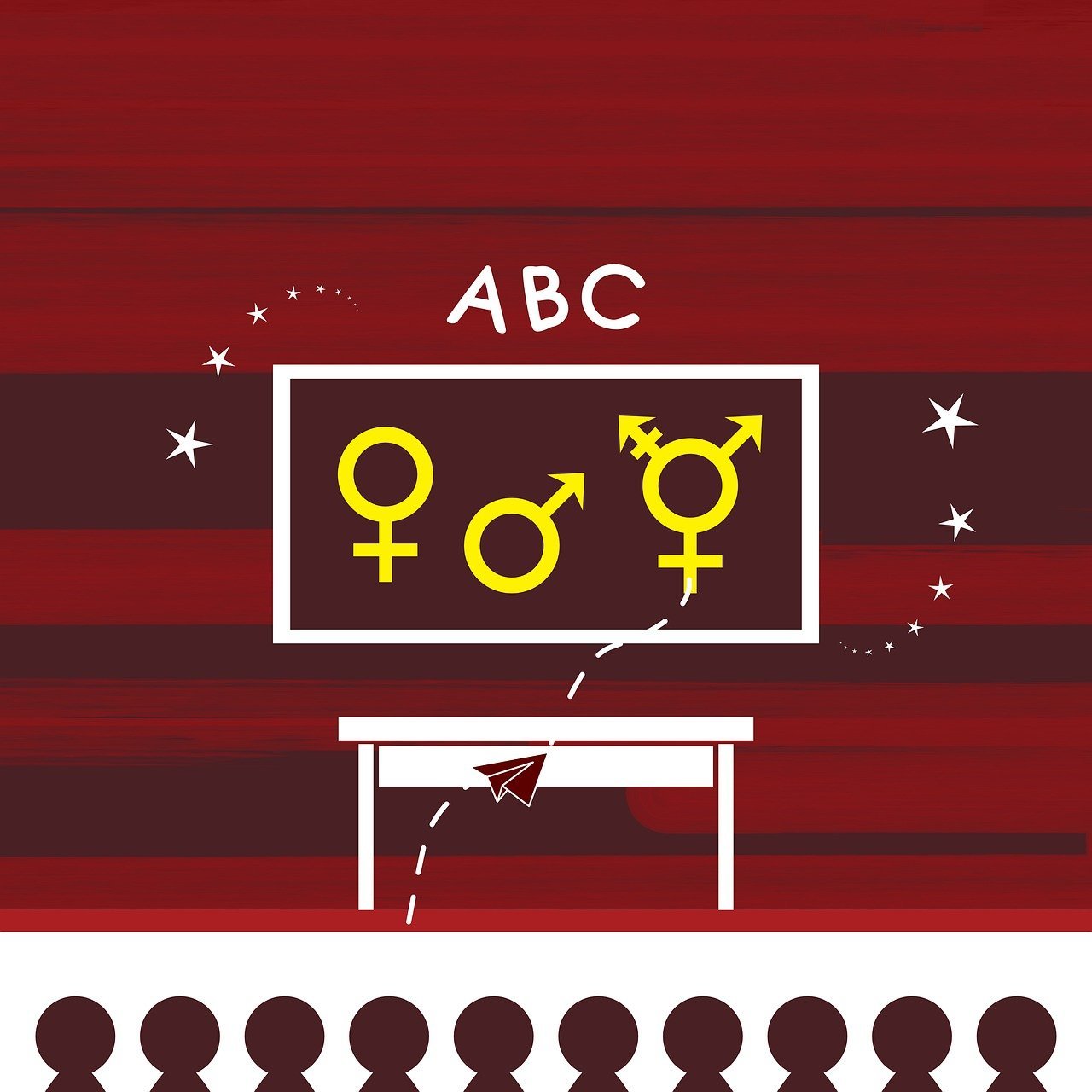Have you ever wondered what age you should start thinking about your Social Security retirement benefits? Understanding the intricacies of Social Security retirement ages is crucial as you plan for the future, ensuring you make the most informed decision about when to start collecting benefits. This guide aims to unravel the complexities by providing a comprehensive look at the various retirement age milestones and how they affect your benefits.
This image is property of images.unsplash.com.
Understanding Social Security Retirement
Before diving into the specifics, it’s essential to grasp what Social Security retirement benefits entail. In essence, these benefits are monthly payments you receive from the U.S. Social Security Administration upon retirement. They serve as a financial safety net to support your quality of life during your golden years.
How Social Security Benefits Are Calculated
Your benefits are based on your average indexed monthly earnings during your 35 highest-earning years. The Social Security Administration (SSA) uses these earnings to calculate what’s called your Primary Insurance Amount (PIA). This amount depends heavily on the age at which you decide to retire.
The Significance of Full Retirement Age (FRA)
One of the most critical factors in determining your Social Security benefits is your Full Retirement Age, often abbreviated as FRA. This is the age at which you can receive your full Social Security benefits. However, your birth year greatly influences this age.
Full Retirement Age by Birth Year
Here’s a handy table detailing Full Retirement Ages based on birth year:
| Birth Year | Full Retirement Age |
|---|---|
| 1937 or earlier | 65 years |
| 1938 | 65 years, 2 months |
| 1939 | 65 years, 4 months |
| 1940 | 65 years, 6 months |
| 1941 | 65 years, 8 months |
| 1942 | 65 years, 10 months |
| 1943-1954 | 66 years |
| 1955 | 66 years, 2 months |
| 1956 | 66 years, 4 months |
| 1957 | 66 years, 6 months |
| 1958 | 66 years, 8 months |
| 1959 | 66 years, 10 months |
| 1960 and later | 67 years |
As you can see, the FRA has slowly increased over the years, so determining your FRA is crucial for planning your retirement strategy.
This image is property of images.unsplash.com.
Early Retirement: Pros and Cons
You might be considering an early retirement, which for Social Security purposes means starting your benefits between the ages of 62 and before your FRA. This option has both advantages and drawbacks.
The Advantages of Early Retirement
Opting to start your benefits early might be appealing for several reasons. Retiring early allows you to enjoy more leisure time, pursue passions and hobbies, or perhaps travel while you’re still relatively young and healthy.
The Drawbacks of Early Retirement
While early retirement might seem tempting, it significantly reduces your monthly benefits. For each month you begin receiving benefits before your FRA, your benefits are permanently reduced. Therefore, it’s essential to weigh these pros and cons carefully.
Delaying Retirement: A Wise Investment?
On the flip side, some prefer to delay their Social Security benefits past their FRA. This decision also comes with its unique set of benefits and considerations.
The Advantages of Delaying Benefits
If you delay receiving your retirement benefits beyond your FRA, Social Security compensates by increasing your monthly benefits. This increment continues until age 70. For each year you delay, your benefits grow by a set percentage, which varies depending on your birth year but can be as much as 8% annually.
Is There a Downside to Delaying?
The obvious downside is having to work longer or rely on other income sources before enjoying retirement. You also risk not reaping the benefits of your potentially higher payouts if you have a shorter life expectancy or unforeseen circumstances arise.

This image is property of pixabay.com.
Understanding the Impact on Spousal and Survivor Benefits
When planning, it’s not just your potential benefits you need to consider. Spousal and survivor benefits also play a significant role in what your household might expect from Social Security.
How Spousal Benefits Work
Spousal benefits allow a partner to receive up to 50% of the other spouse’s FRA retirement benefit. If you choose early retirement, your spouse’s benefit could be reduced as well unless they reach FRA before beginning their benefits.
Survivor Benefits and Their Importance
In the event of a spouse’s passing, survivor benefits might come into play. These benefits allow the surviving spouse to collect benefits based on the deceased spouse’s record, provided certain conditions are met, impacting the decision on when to start benefits substantially.
Factor in Cost of Living Adjustments (COLAs)
COLAs are periodic increases in benefits to counteract inflation. While these adjustments can seem negligible, they add up over time and affect the value of your retirement benefits.
How COLAs Affect Your Benefits
Understanding how COLAs work is paramount in your retirement planning. The SSA evaluates inflation every year and adjusts benefits accordingly. This ensures your benefit maintains its purchasing power throughout your retirement years.

This image is property of images.unsplash.com.
Deciding the Right Age for You
Despite all this information, the crux of the matter is determining what works best for you. There’s no one-size-fits-all approach. Consider your financial needs, life expectancy, health, and personal retirement goals.
Evaluating Your Financial Needs
Analyze your current savings and investments. Estimating how much you will need monthly to maintain your lifestyle will help you decide when to begin your benefits. If your savings and investments comfortably cover your needs, you might choose to delay taking Social Security to maximize your benefit.
Your Health and Life Expectancy
Your personal health and family history can significantly influence your decision. If your life expectancy is longer, delaying benefits might be the wisest choice. Conversely, if health issues are a concern, earlier collection may make more sense.
Other Retirement Planning Considerations
While your Social Security benefits are a cornerstone of retirement planning, remember to consider other income sources and life decisions.
Employer Pensions and 401(k)
Don’t forget about any employer pensions, 401(k), or IRA distributions. These, combined with your Social Security benefits, create the full picture of your retirement income.
The Role of Medicare in Retirement
Medicare becomes available at age 65, which may influence your decision on when to retire. Health insurance is a crucial component of your retirement plan, so factoring in the cost and coverage of Medicare is essential.
Part-Time Work in Retirement
Some find that transitioning into retirement with part-time work is both financially beneficial and personally fulfilling. It can supplement your income while allowing you to gradually move into retirement.

This image is property of pixabay.com.
Summary: Tailoring the Plan to Your Needs
Retirement planning is a deeply personal choice filled with variables and decisions unique to your circumstances. Understanding the Social Security retirement ages chart and its implications is key, but so is recognizing the broader scope of your retirement needs. By evaluating all aspects—financial, health, and personal goals—you’ll be better positioned to make a decision that suits your life.
Planning your retirement effectively requires careful thought and a strategic approach. Whether you decide on early, full, or delayed retirement, making an informed choice ensures a more secure and enjoyable retirement phase.

















































